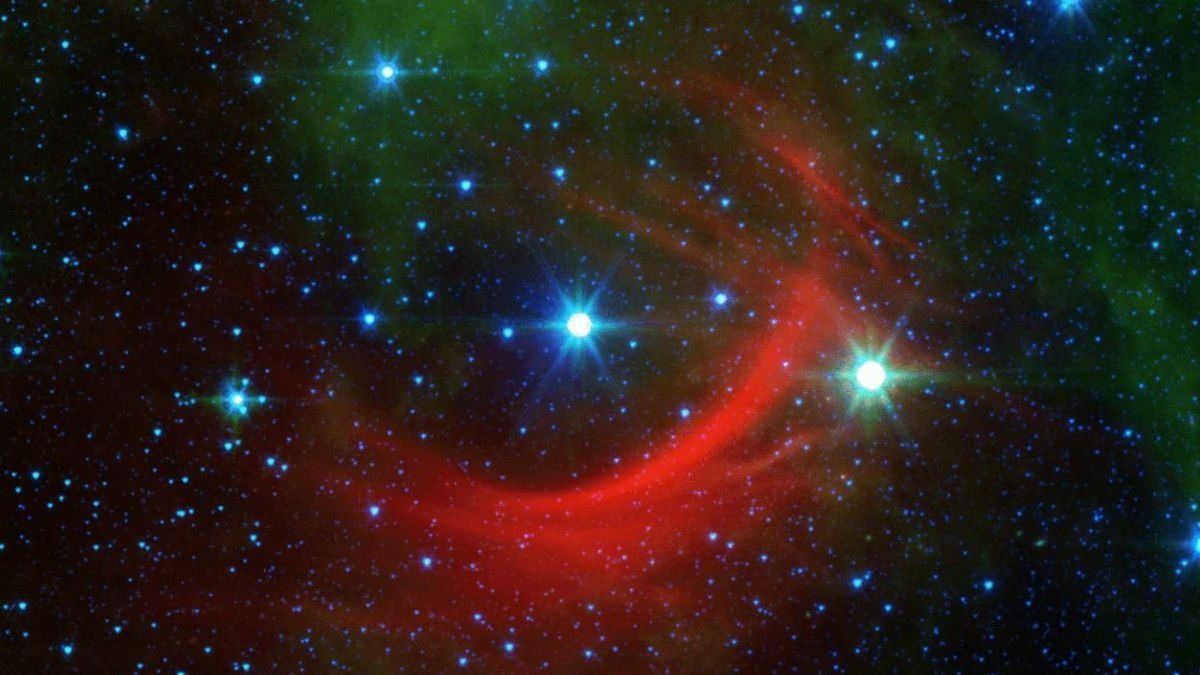The apocalyptically titled “Future Orbits of the Solar System: Dynamic simulations of stellar encounters within 100 AU” A recent study reveals possible scenarios if a wandering star comes close to the Sun At a distance of 100 astronomical units (AU). This value is 100 times the average distance between the Earth and the Sun and corresponds to approximately 15 billion kilometers.
Although this may seem like a lot from our trivial perspective, It represents a dangerous approach on a cosmic scale, it can be prolonged and even Break the gravitational bonds that ensure the perfect functioning of the Solar System. Since we are completely subject to the Sun, our planet would be completely at the mercy of the new gravitational model.
The authors emphasize that although Earth still has “about a billion years of habitable surface conditions,” this is due to a closed system. However, our chance of encountering a stray star along the way is almost 1%. If so, what are the chances of us being pushed out of the habitable zone?
What happens to our Solar System?
To answer these questions, the team ran computer simulations of what are known as N-bodies to try to determine the orientations of planets in the Solar System. The ways they can get lost have been tested, but keeping in mind The probability that none will be lost is greater than or equal to 95%. Check out the worst-case scenarios:
- Mercury will collide with the Sun (2.54% probability).
- Mars colliding with the Sun (1.21%).
- Venus influences another planet (1.17%).
- Uranus is expelled (1.06%).
- Neptune is thrown (0.81%).
- Mercury influences another planet (0.80%).
- Earth crashes into another planet (0.48%).
- Saturn is discarded (0.32%).
- Mars crashes into another planet (0.27%).
- The Earth collides with the Sun (0.24%).
So what could happen to Earth?

The article presents a wide range of possibilities in the case of Earth, but emphasizes that the chances of their realization are “extremely low.” Besides the possibility of colliding with another planet (0.48%), even if it is a star smaller than the Sun, our world may be captured by the passing star or destroyed along with other planets in the Solar System. and passes at low speed.
But there are other possibilities in the simulations, some quite frightening: Earth can leave the Sun and escape with (orbit) the star While six planets would collide with the Sun, only Jupiter would survive.
Earth could also become a wandering planet, drifting through space for a million years until its surface freezes completely. Or who knows, we might end up in the dreaded Oort Cloud at the edge of the Solar System, 100 thousand AU or beyond. In this situation, Earth’s long-term survival is not “guaranteed”, guess the authors.
Did you like the content? Therefore, always stay up to date with the latest astronomical studies with this study from TecMundo and at the same time enjoy knowing why there is nothing in the universe like our solar system.
Source: Tec Mundo
I’m Blaine Morgan, an experienced journalist and writer with over 8 years of experience in the tech industry. My expertise lies in writing about technology news and trends, covering everything from cutting-edge gadgets to emerging software developments. I’ve written for several leading publications including Gadget Onus where I am an author.













